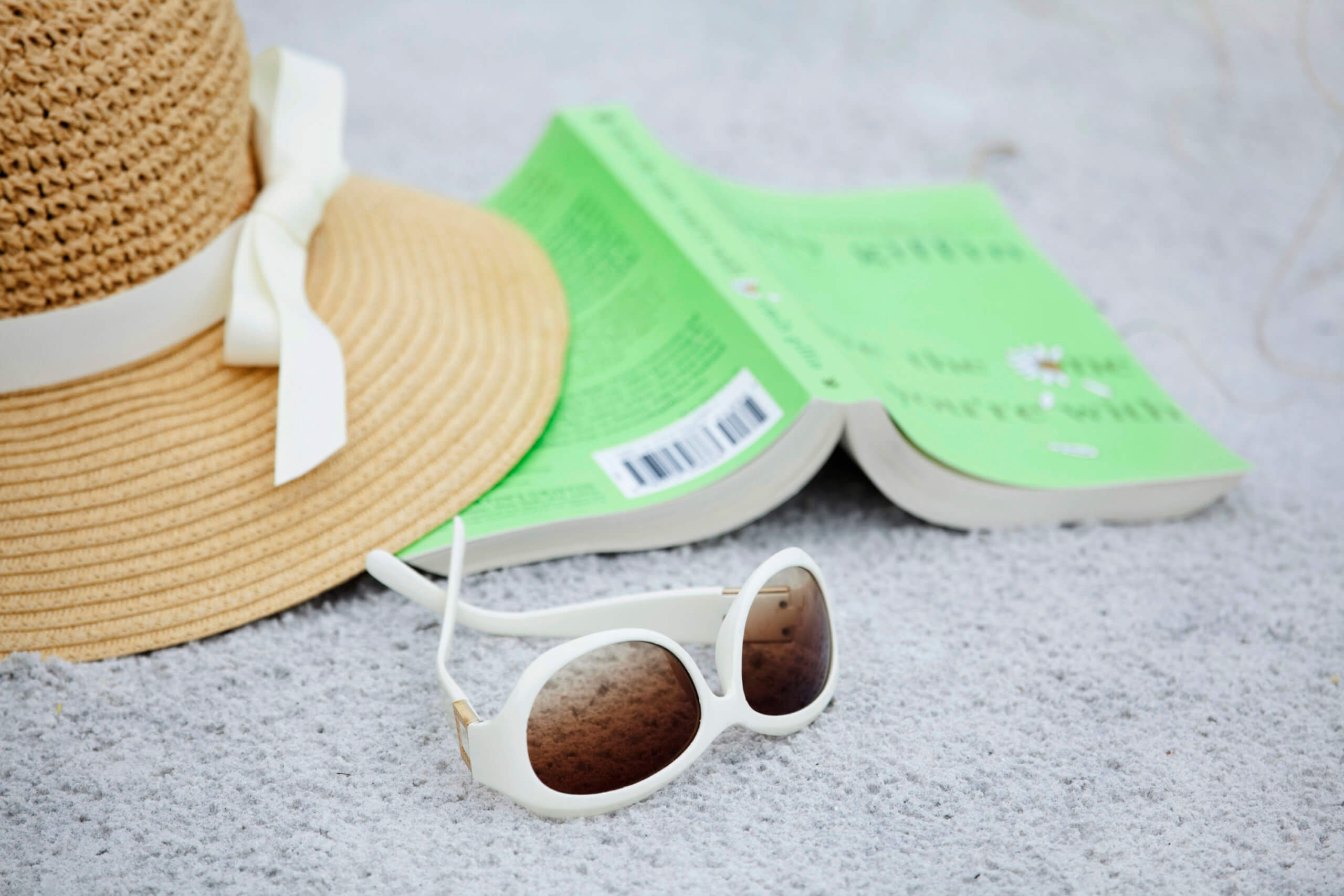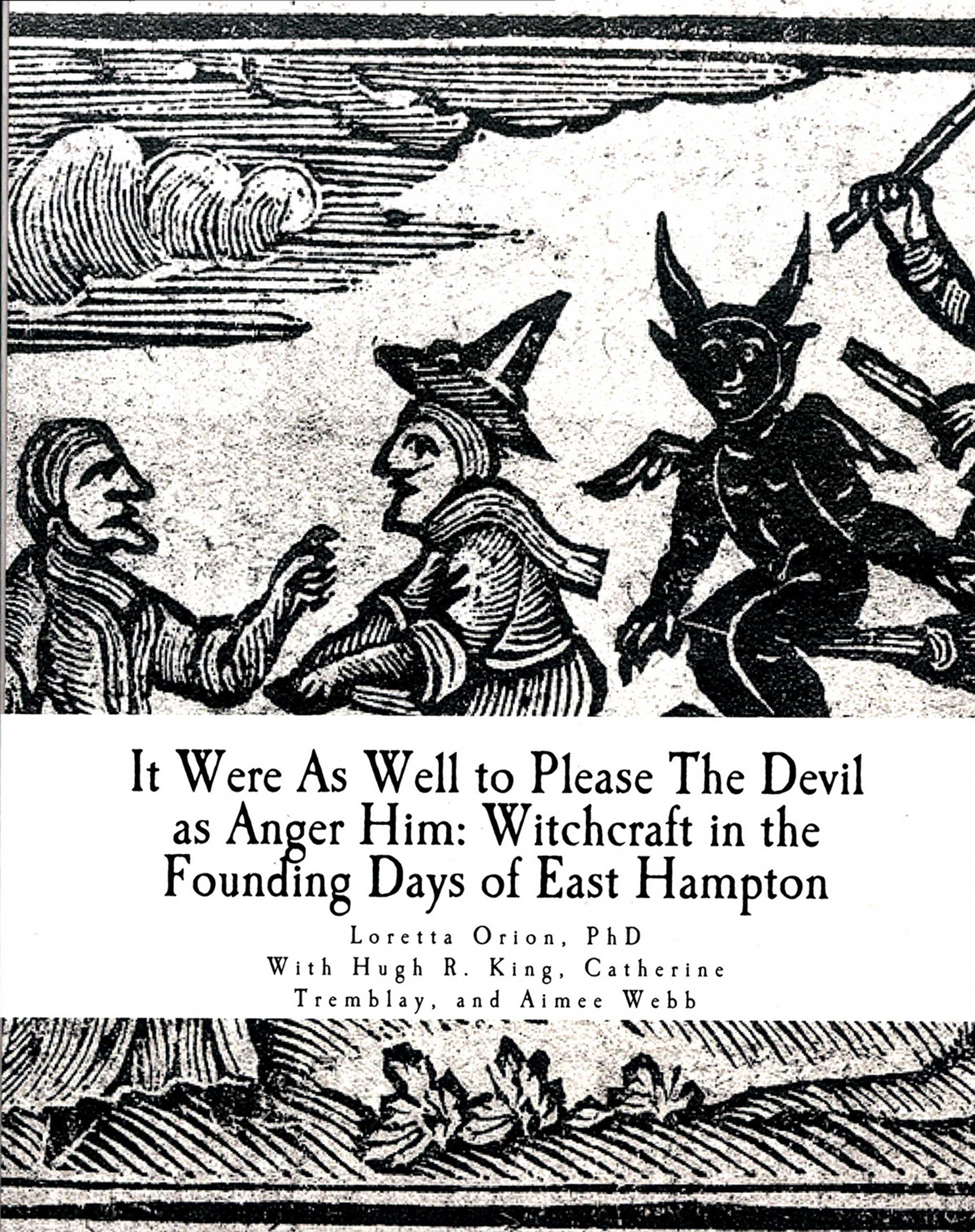Two Goodies: Garlick And Garten


Several years ago, under the auspices of The East Hampton Historical Society, I dressed up as an accused witch in the Haunted Mulford Farm Halloween Frightfest. Though I can’t quite remember who I was, I’m now convinced that I could not have been Goody Garlick.
For one, there was a (simulated) fire stoked regularly by a local townsman, a heh-heh hawing middle school teacher who kept threatening me with more logs, whereas Goody Garlick was not sent to the stake (condemned witches were typically drowned or hanged). Furthermore, Goody Garlick didn’t fare badly once she was back in East Hampton, after a court in Connecticut set her free.
Info about Goody Garlick comes courtesy of an attractive booklet that is an expansion of a talk Loretta Orion gave years ago as part of the village’s 350th Anniversary Lecture Series. Updated to be relevant to issues today, the booklet concentrates on the societal connections and class divisions of many accusers, though it centers on Garlick. The outcome of her case was not typical of accused witches in the late 17th Century, the high point of the witch craze. She was absolved by John Winthrop’s Connecticut Court of having hastened the death of Lion Gardiner’s daughter, Elizabeth Howell (the case was heard in 1658), though Lion Gardiner kept silent.
Convicting evidence would have consisted of (induced) confession and a distinctive mark on the body of the accused — “witchmarks.” Orion suggests that the Connecticut court recognized the “humanity” of Goody Garlick, meaning that it did not find she was in league with Satan to destroy the church or orderly society, or that she practiced “harmful magic” known as maleficium, against a neighbor’s health or property. Mystery remains about why she was pardoned (her husband had worked for Lion Gardiner) or why Gardiner said nothing, as Orion notes, but her book nonetheless provides a lively and accessible overview of the nature of colonial justice and suggests that the ease of demonizing “the other” is relevant today.
Three of the book’s authors — Loretta Orion, Hugh R. King, and Aimee Webb — will take part in a book talk and signing at the East Hampton Library on Saturday, February 2, from 2 to 4 PM. The event is free.
Cook Like a Pro
The line snaked around BookHampton at an end-of-the-year book signing, people already clutching their copy of Ina Garten’s new cookbook, “Cook Like a Pro: Recipes and Tips for Home Cooks.”
It’s not just that Ina Garten is an East End celebrity — the Barefoot Contessa having conquered Newtown Lane years ago — but that she continues to make new friends. With gorgeous photos once again by Quentin Bacon, this new book, her 11th, shows why its author is so popular. It’s the conversational tone and the simplicity and sophistication of her presentations — marriage of concepts that she traces to the name “Barefoot Contessa.” In a recipe for moscato poached fruit, she references the 1954 movie “Barefoot Contessa,” starring Ava Gardner and Humphrey Bogart, which she thought combined “elegance” and “earthiness.”
These qualities are on luscious display in recipes here that range from cocktails through soups and salads, dinner, veggies and sides, dessert, and breakfast. The overriding theme is the idea of “pro.” How ironic, she points out, that when we eat something great from a bakery, we say, it’s just like homemade, but when we eat something delicious at a homemade meal, we say, how professional. She finesses such differences by using phrases containing the word “more.” Absorbing the tips and tricks in her book, readers will be able to produce dishes that are “more” tasty, “more” vibrant in looks and display. Ordinary cooks will feel “more” confident. “You don’t need to be a pro to cook like one.”
Of particular delight are the Garten’s marginal tips and shortcuts. Use dental floss to slice soft cheeses like goat cheese. Don’t fry if you can broil or bake (less mess). Get good knives. Flavor rules. Add acidic ingredients that enhance flavor, use salt (it’s not as bad as they say) and keep lemons and limes at room temperature — they also look great. Use plain white dishes for the table and circular and oval serving pieces.
Garten taught herself how to cook by reading cookbooks. Soon after, she moved into catering, owning a food store, and doing shows on TV. She doesn’t seem to wear an apron (the cover shows her in a denim shirt). She adores her 20-year relationship with her publisher and she loves to receive, anticipate, and answer questions. And sign books.



